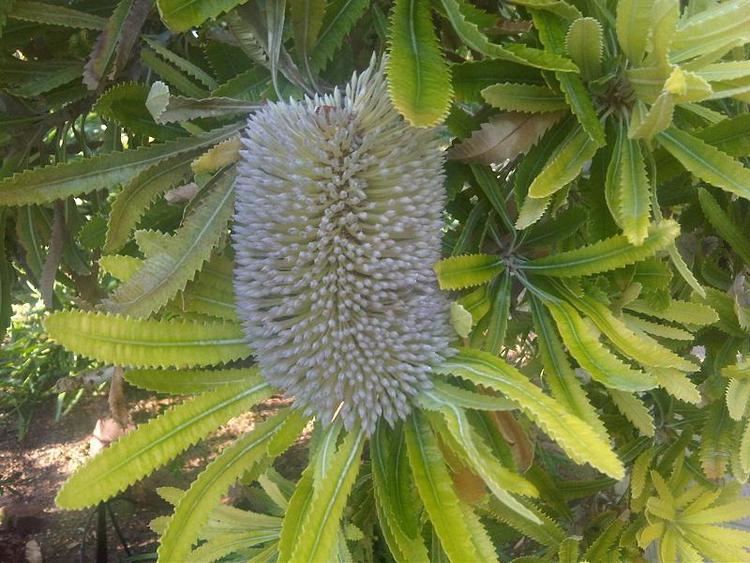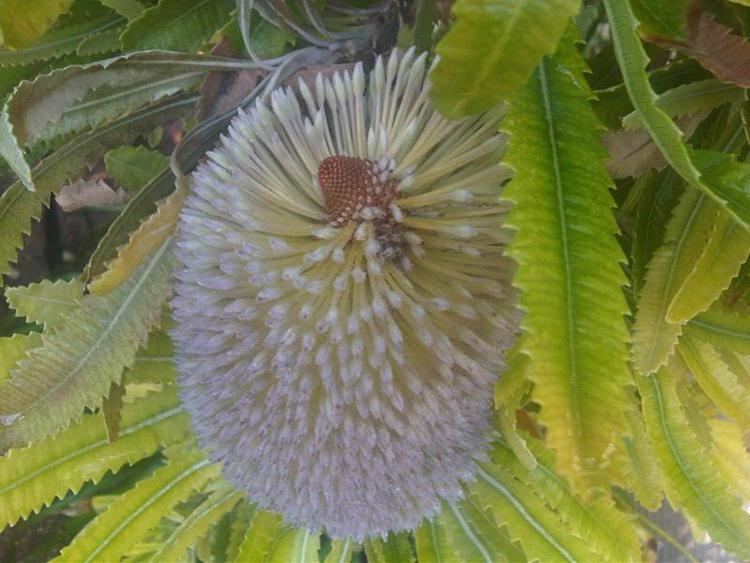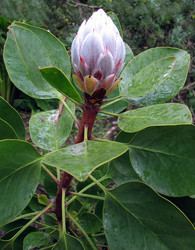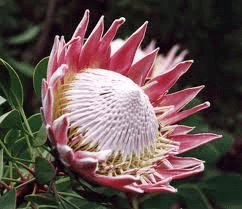Higher classification Eudicots | Scientific name Proteales Rank Order | |
 | ||
Lower classifications Proteas, Banksia, Lotus, Sugarbushes, Spider flower | ||
Proteales how to pronounce it
Proteales is the botanical name of an order of flowering plants consisting of two (or three) families. The Proteales have been recognized by almost all taxonomists.
Contents
- Proteales how to pronounce it
- Families
- Classification
- Cronquist
- Dahlgren and Thorne
- Engler
- Wettstein
- References

Families

In the classification system of Dahlgren the Proteales were in the superorder Proteiflorae (also called Proteanae).The APG II system of 2003 also recognizes this order, and places it in the clade eudicots with this circumscription:
with "+ ..." = optionally separate family (that may be split off from the preceding family).

The APG III system of 2009 followed this same approach, but favored the narrower circumscription of the three families, firmly recognizing three families in Proteales: Nelumbonaceae, Platanaceae, and Proteaceae. The Angiosperm Phylogeny Website, however, suggests the addition of Sabiaceae, which was not placed in an order in the eudicots in the APG III system, would be sensible.
The APG IV system of 2016 added family Sabiaceae to the order.

Well-known members of the Proteales include the proteas of South Africa, the banksias and macadamias of Australia, the London plane, and the sacred lotus. The origins of the order are clearly ancient, with evidence of diversification in the mid-Cretaceous, over 100 million years ago. Of interest are the current family distributions, with the Proteaceae a mostly Southern Hemisphere family, while the Platanaceae and Nelumbonaceae are Northern Hemisphere plants.
Classification

This represents a slight change from the APG system of 1998, which firmly did accept family Platanaceae as separate, using this circumscription of the order:
Cronquist
The Cronquist system of 1981 recognized such an order and placed it in subclass Rosidae in class Magnoliopsida [=dicotyledons]. It used this circumscription:
Dahlgren and Thorne
The Dahlgren system and Thorne system (1992) recognized such an order and placed it in superorder Proteanae in subclass Magnoliidae [=dicotyledons]. These systems used this circumscription:
Engler
The Engler system, in its update of 1964, also recognized this order and placed it in subclass Archichlamydeae of class Dicotyledoneae. It used this circumscription:
Wettstein
The Wettstein system, last revised in 1935, also recognized this order and placed it in the Monochlamydeae in subclass Choripetalae of class Dicotyledones. It used this circumscription:
